How is Tea Graded?

Before tea makes it anywhere near a store or your home, it goes through a long production process. A key part of this process is grading, where tea is sorted into different categories based on the quality and size of the leaves. Tea grading varies from country to country, but there are a few common factors that ensure you always receive a high-quality cup of tea when purchasing loose leaf tea.

How is Tea Graded?
Consumers want to enjoy an even and high-quality cup of tea, and this is achieved by sorting tea into various grades. This method was traditionally completed by hand and is still done in this way in some countries today. Alternatively, you may find machines are used, which pass leaves through a sifter to separate them. Grading works to sort tea leaves by their appearance, size, and type of leaf, but these methods and standards may vary slightly between countries and regions. The names given to these various classifications may vary depending on where you are in the world. For example, in China, they name their tea after the region, production method, and time of picking.
Tea grading also varies between the different types of tea, including white, green, and black tea. There are often numbered grades used, and special would describe a high-quality tea leaf, whereas common may suggest it’s the lowest quality. In India and Sri Lanka, for black tea, they will split the grading system into leaf and broken leaf categories. However, in Africa, they use a Crush, Tear, and Curl method, which helps to separate the dust or fannings.
Tea Grades
When discussing tea leaves, these are some of the most common ratings that you’ll see mentioned:
- Dust – these are the small parts left after the sifting process. They are often used to fill tea bags and may decrease the brewing time.
- Fannings – similar to dust, but they are usually slightly larger in size and comprise of small pieces of broken tea leaf.
- Souchong – often used for Chinese smoked tea, these are the leaves that are found on the lower part of the branch and are usually larger in size.
- Pekoe – these are whole leaves that are similar in size but are missing the tips.
- Orange Pekoe – taken from the end of a branch and they are the smallest tea leaves picked.

These leaf descriptions are then combined with the following categories to describe the type of leaf you are dealing with fully:
- Imperial – used to describe broken orange pekoe leaves but suggests the leaves are larger than usual.
- Flowery – has a gold-tinged bud and is loosely rolled.
- Tippy – plenty of buds.
- Golden – both the tips of the leaves and the buds have a golden color.
Tea grading is an integral part of the production process and ensures consumers worldwide enjoy the tea they are expecting from their purchase. It helps to differentiate various types and qualities of teas and filter certain parts into tea bags. When selecting tea in the future, pay attention to the tea grading system, as it will help you select only the highest-quality tea.
